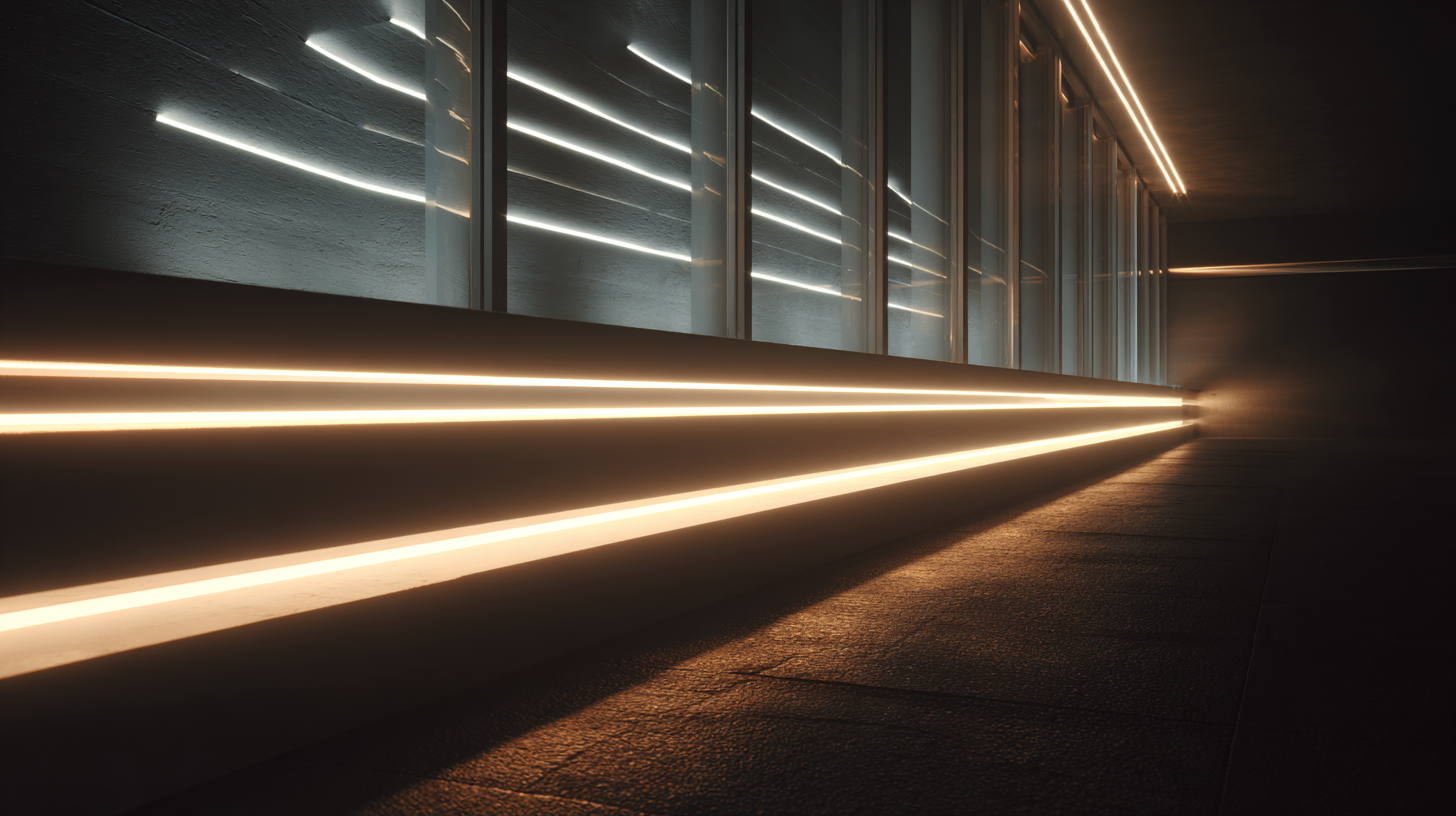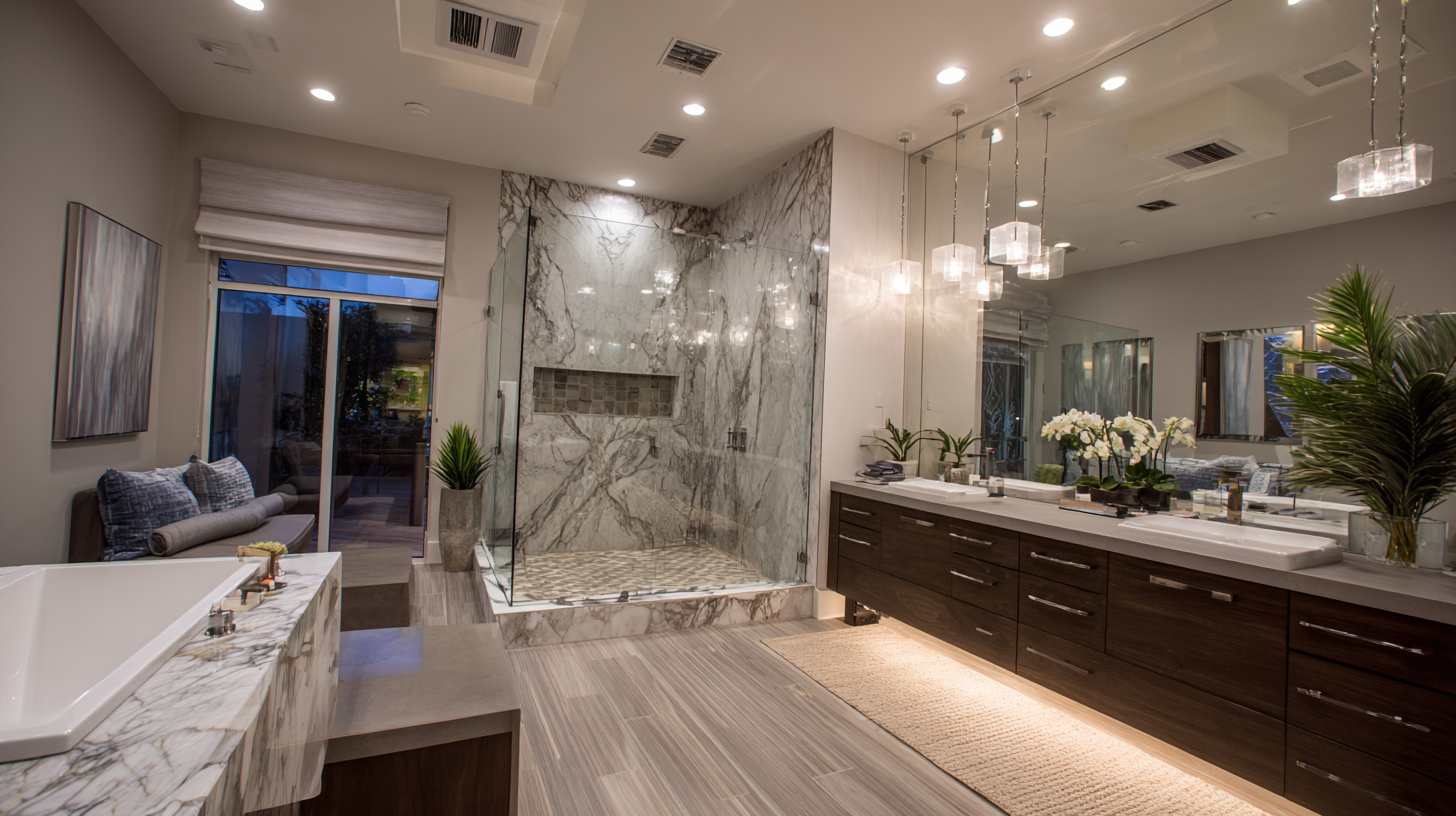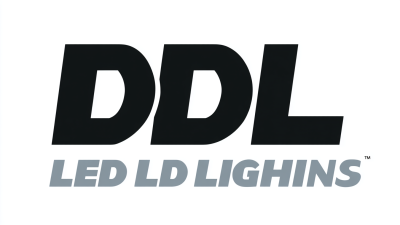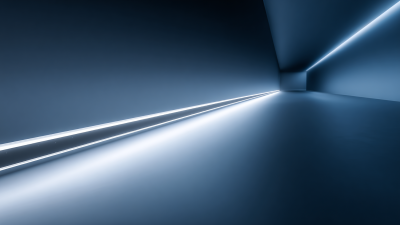Exploring the Benefits of Linear Lighting for Sustainable Living Spaces
As urban living spaces evolve, the quest for sustainability becomes increasingly vital. One innovative solution gaining momentum is Linear Lighting, which offers a blend of functionality and aesthetics that transforms environments while promoting energy efficiency. This article delves into the myriad benefits of incorporating Linear Lighting into residential and commercial spaces, highlighting its capacity to enhance design, optimize energy usage, and contribute to a healthier living atmosphere. With the rise of smart technologies, Linear Lighting systems can be integrated seamlessly into home automation, offering users control over ambiance and energy consumption. In exploring practical tips and applications, we aim to inspire sustainable living choices through the strategic use of Linear Lighting, demonstrating that eco-friendly design can be both beautiful and efficient.

Advantages of Linear Lighting in Modern Sustainable Design
Linear lighting has emerged as a crucial element in modern sustainable design, seamlessly blending form and function while promoting energy efficiency. According to the U.S. Department of Energy, lighting accounts for approximately 12% of a typical home's electricity use. By incorporating LED linear lighting fixtures, which consume up to 75% less energy than traditional incandescent bulbs, homeowners can significantly reduce their carbon footprint and lower utility bills. Furthermore, these fixtures have a longer lifespan, typically lasting over 25,000 hours, thus reducing the frequency of replacements and associated waste.

In addition to energy savings, linear lighting enhances the aesthetic appeal of sustainable living spaces. The clean lines and minimalist design of linear lighting fixtures can create a more open and airy atmosphere, ultimately contributing to improved mental well-being. A study by the Lighting Research Center emphasized that well-designed lighting can positively influence productivity and comfort in living environments. By optimizing natural light through strategic placement of linear lights, designers can create harmonious spaces that enhance both functionality and sustainability, perfectly aligning with the principles of modern eco-friendly architecture.
Integrating Linear Lighting Solutions for Energy Efficiency
Linear lighting solutions have become a cornerstone in the design of energy-efficient living spaces. According to a recent report by the U.S. Department of Energy, lighting accounts for approximately 15% of the average energy bill in residential spaces. By incorporating linear lighting systems that utilize LED technology, homeowners can achieve significant reductions in energy consumption. LED linear fixtures consume up to 75% less energy than traditional incandescent bulbs, providing both lower utility costs and reduced carbon footprints.
Moreover, the versatility of linear lighting allows for innovative designs that enhance both aesthetic appeal and functionality. For instance, integrating linear lights in under-cabinet areas or along hallways not only illuminates these spaces effectively but also creates an ambiance that can lead to reduced reliance on additional lighting sources. According to a study from the Lighting Research Center, linear lighting can improve the perception of space and increase the overall efficiency of lighting layouts. As sustainable living becomes increasingly prioritized, adopting linear lighting solutions emerges as a practical and stylish way to contribute to energy efficiency in modern homes.
Benefits of Linear Lighting in Sustainable Living Spaces
Enhancing Aesthetics and Functionality with Linear Lighting
Linear lighting has emerged as a transformative element in modern interior design, significantly enhancing the aesthetics and functionality of living spaces. Its sleek, elongated form allows for versatile applications, whether integrated into ceilings, walls, or furniture. This design flexibility enables homeowners to create visually appealing spaces that maintain a sense of openness and continuity. By casting even, diffused light, linear fixtures can diminish harsh shadows and provide a soothing ambiance, making interiors feel more welcoming and spacious.

In addition to aesthetic improvements, linear lighting contributes to the functionality of various areas within a home. These fixtures can be strategically placed to highlight architectural features, art pieces, or specific zones like workspaces and reading nooks. Furthermore, with advancements in LED technology, linear lighting solutions often offer energy-efficient options that reduce electricity consumption while providing ample illumination. This combination of elegance and efficiency makes linear lighting a crucial choice for those seeking to create sustainable living spaces that reflect both style and practicality.
Promoting Well-being in Living Spaces through Linear Lighting
Linear lighting has emerged as a pivotal element in creating sustainable living spaces, distinctly promoting well-being through its innovative design and functionality. This form of lighting not only offers efficiency but also enhances the ambiance of any environment. By providing uniform illumination, linear lighting minimizes harsh shadows and reduces eye strain, thereby contributing to a more comfortable and soothing atmosphere. The continuous lines of light can create a sense of spaciousness, making small living areas feel more open and inviting.
Moreover, the strategic placement of linear lighting can significantly influence mood and productivity. By incorporating adjustable features, such as dimmers and color temperature controls, these lighting solutions can be tailored to meet individual needs throughout the day. Warm lighting can foster relaxation during evenings, while brighter settings can enhance focus in workspaces. Additionally, the integration of energy-efficient LED technology not only lowers electricity consumption but also aligns with sustainable living practices, further promoting a healthier lifestyle for occupants.
Linear Lighting Technologies: Innovations for Eco-Friendly Homes
Linear lighting technologies are revolutionizing eco-friendly homes by providing energy-efficient solutions that reduce environmental impact. According to a report from the U.S. Department of Energy, LED lighting, a prominent form of linear lighting, uses at least 75% less energy than traditional incandescent bulbs and lasts 25 times longer. This efficiency not only lowers electricity bills but also significantly decreases the carbon footprint of households. The adoption of such lighting technologies is crucial as buildings account for nearly 40% of global energy-related carbon emissions, highlighting the need for sustainable practices in residential design.
Innovations in linear lighting also include smart control systems that enhance sustainability efforts. For instance, daylight harvesting technology allows homes to adjust lighting based on the amount of natural light available, further contributing to energy savings. A study by the National Renewable Energy Laboratory notes that homes with smart lighting controls can reduce their energy use by up to 30%. These advancements not only provide functional benefits but also promote a lifestyle that prioritizes sustainability and resource conservation, making linear lighting an essential component of eco-friendly home design.
Related Posts
-

Innovative Linear Lighting Designs That Transform Your Space
-

Envisioning Tomorrow: The Evolution of Linear Lighting Solutions
-

2025 Best Linear Led Lighting Trends Driven by 40 Percent Energy Efficiency Improvement
-

Finding the Right Manufacturer for Your Best Linear Lighting Needs Solutions for Global Buyers
-

Navigating Export Certifications for Linear LED Products in Global Markets
-

How to Maximize Energy Efficiency with Linear Led Lighting Solutions
